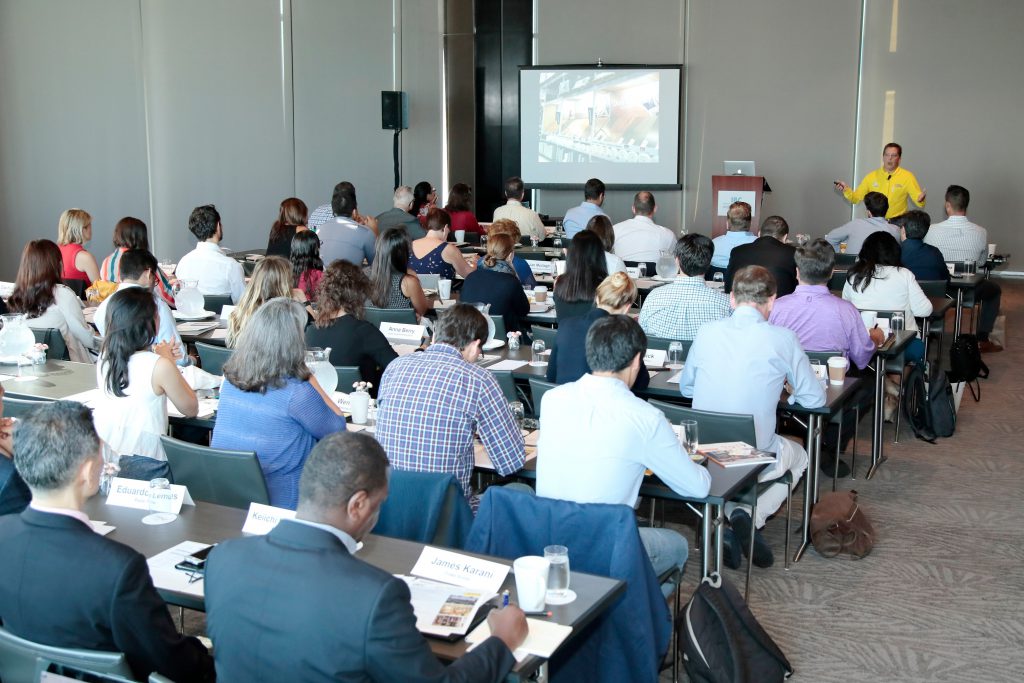EPA Latin America: 2017 Global Forum Recap
Juan Francisco España joined EPA 20 years ago, after 10 years of experience in retail and wholesale of home center products. Mr. España began at EPA as a head buyer for EPA. Following his role as head buyer, he held positions of purchasing manager, sales manager, country manager. In 2009, he became CEO of EPA and manages the retailer’s operations in Venezuela, Costa Rica, Guatemala and El Salvador.
EPA, established in 1992, is a Latin America-based home center with 25 stores and employs 4500. It maintains stores in four countries:
- Venezuela 16 stores in 8 cities, 5 million transactions. Market very difficult now, 10% of former inventory, acquired through 3rd Customers formerly wanted quality, now prices dropped significantly.
- Costa Rica 5 stores over 11 years. 3 million transactions. Consumers prefer quality over price.
- El Salvador 2 stores, 1 million transactions, growing 30% per year. Market driven by promotions and low prices.
- Guatemala 2 stores, expecting to grow to 7 stores. 1 million transactions. Twice the size of El Salvador. Consumers prefer good and better quality.
- It would be difficult for one product to satisfy customers in all four countries because of quality and price preferences.
The average size store is 66,000 sq.ft. in a warehouse format, organized by category on high shelves. Housewares occupy 10% of store footprint. The retailer’s free zone warehouse in Costa Rica occupies 110,000 sq. ft. Today, EPA holds the #1 position in the home center market and has buying offices in San Jose, Costa Rica.

EPA carries home/housewares products in the following categories: hardware, home office, home organization, bathroom organization, cleaning, and small/large appliances. Home remodeling and improvement products, such as lumber, paint, bathroom fixtures, plumbing and electrical supplies, predominate. It develops private label brands, but the collapse of Venezuela reduced total sales volume, reducing the motivation to develop private label. Pricing is competitive to match Walmart.
Sourcing strategies are global or country-specific. Each country purchases locally and buying teams in each country collaborate, buying 50% local and 50% global products. Approximately 60% of imported products come from China and 30% from the U.S. Global purchasing is managed by 15 buyers. Buyers seek successful allies in the four countries to import 4,000 SKUs. EPA imports direct from factories in China, direct from vendors and through distributors.
Learn more about EPA at www.epa.biz



